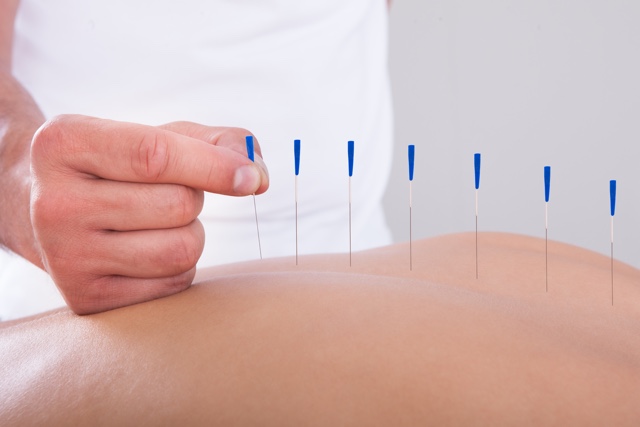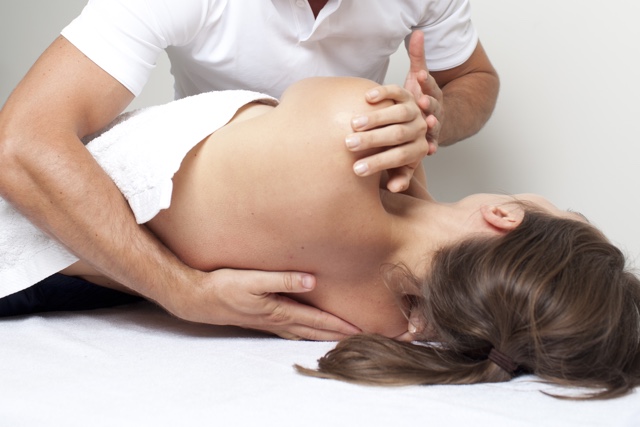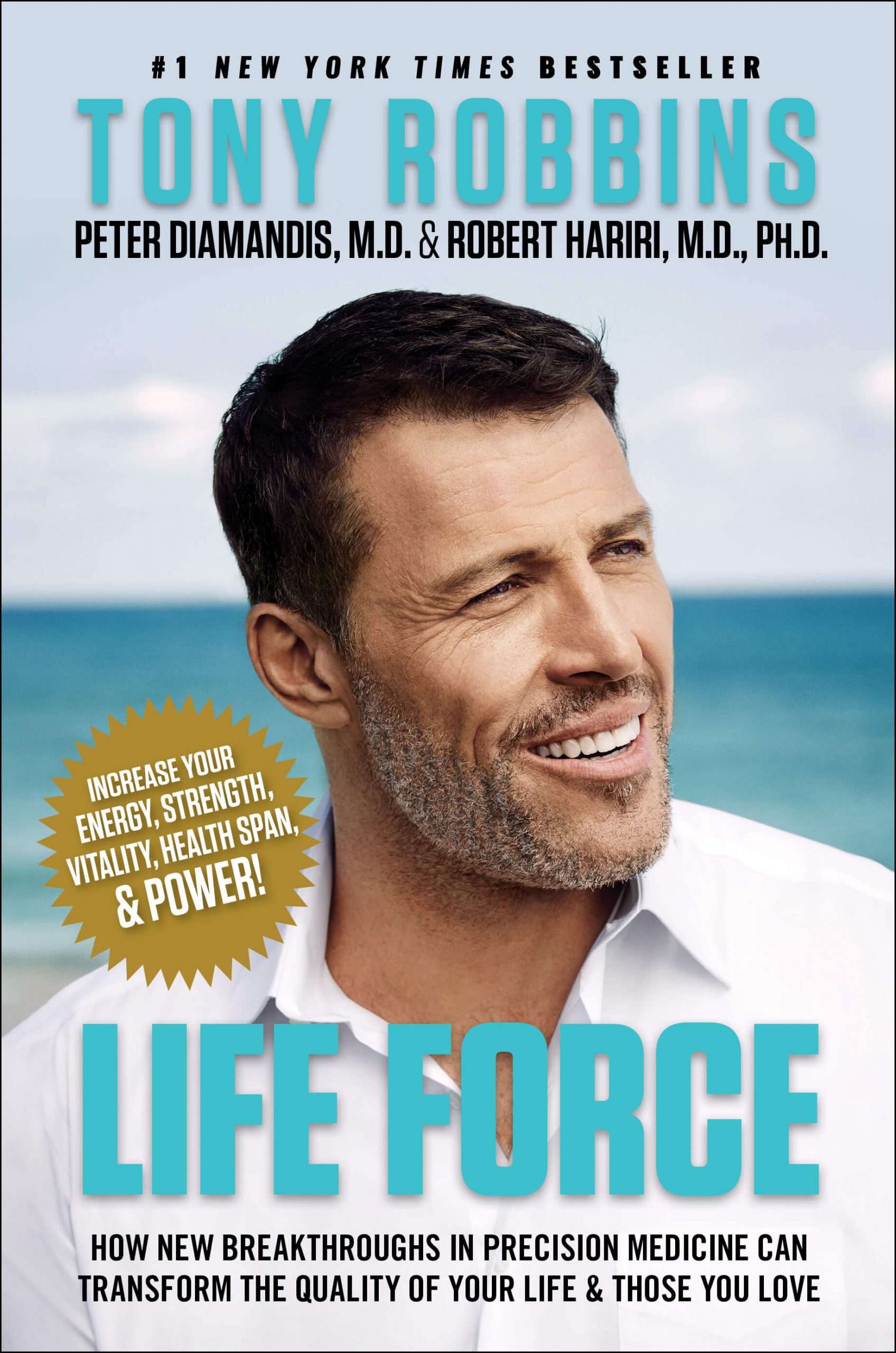Team Tony cultivates, curates and shares Tony Robbins’ stories and core principles, to help others achieve an extraordinary life.
CAM therapy & integrative medicine
Ever wonder if there is a different way to treat what ails us and fill in the gaps that may be left by Western medicine?
Every year, an increasing number of people turn to complementary and alternative medicine – also known as CAM therapy – to help relieve pain from chronic conditions, improve their overall health, and alleviate emotional problems such as anxiety and stress. In fact, alternative therapies have become so popular that the National Institute of Health now estimates about a third of Americans incorporate types of complementary and alternative medicine into their everyday life.
What is CAM therapy?
Even if you can’t answer the question “what is complementary and alternative medicine?”, chances are you are already incorporating elements into your daily routine. That fish oil pill you take. The probiotic added into your yogurt. The kombucha you just drank as part of a healthier diet. The essential oils you use to help you sleep. Even that yoga class you just got out of. All of these are variations of CAM therapy.
Examples of CAM therapy have also become indoctrinated in mainstream culture. There is a growing contingent of physicians who have started combining CAM therapy with conventional medical treatment — spawning the term “integrative medicine.”

Why has CAM become so popular?
There are a few reasons why CAM therapy has become so popular. Many are turning toward CAM therapy to treat specific health conditions, such as depression, arthritis or sleeplessness, because conventional medical treatment is too expensive. Some are using CAM more because of the expanding belief that Western medicine could potentially cause more harm than good. The increase in popularity is also probably related to the greater amount of available information and access to these treatments.
Does CAM therapy work?
The benefits (or lack thereof) of alternative therapies are the subject of ongoing debate. There are thousands of scientific studies on some of the most common examples of CAM therapy available. These studies will help you better understand the potential efficacy of CAM therapy.
Acupuncture

Image©Andrey_Popov/shutterstock
Acupuncture is an ancient Chinese tradition in which practitioners stimulate specific points on the body, most often by inserting needles through the skin. This popular form of Eastern medicine has been practiced for centuries and is quickly becoming an accepted supplement to Western practices.
There have been a number of studies that have verified the efficacy of acupuncture, especially as used for back and neck pain, osteoarthritis and migraines. However, researchers are only beginning to understand whether or not acupuncture can help manage other health issues, such as psychological issues, respiratory disorders, digestive disorders, urological disorders or fertility issues.
Aromatherapy

Image©AntonovaAnna/shutterstock
Aromatherapy is a form of CAM therapy that uses essential oils to promote physical, emotional and spiritual wellness. These concentrated extracts from blossoms, roots, herbs, leaves and seeds are most often used by inhaling them or by massaging into the skin using a carrier oil such as coconut or grapeseed oil. There has been an ample body of research conducted on the effects of odors and the human brain and emotions. These studies have tested the impact of aromatherapy on mood, alertness and mental stress, as well as its effects on task performance, reaction time and sexual proclivity. Some studies have also suggested that aromatherapy may reduce pain, depression and anxiety.
Ayurveda

Image©Kzenon/shutterstock
Ayurvedic medicine is an ancient Indian therapy in which practitioners use a variety of techniques, including herbs, massage and special diets, with the goal of balancing the body, mind and spirit to promote overall wellness. While this type of CAM therapy has been around for centuries, comprehensive studies on Ayurvedic medicine are few and far between, making it difficult to determine whether this type of complementary and alternative medicine works.
Chiropractic

Image©AdamGregor/shutterstock
Chiropractic is one of the most common types of complementary and alternative medicine in the Western world. This alternative therapy that focuses on the relationship between the body’s structure and its functioning. The most common procedure performed by practitioners is “spinal manipulation” or an “adjustment.” This procedure is performed with the intention of correcting alignment problems, relieving pain, improving function and supporting the body’s natural ability to heal. Research suggests that spinal manipulation can benefit some people with lower-back pain. It may also be helpful for headaches, neck discomfort, upper- and lower-extremity joint conditions and pain related to whiplash.
Homeopathy

Image©solomonjee/shutterstock
Homeopathy is an alternative medical system based on the principle that “like cures like.” The concept involves the idea that whatever would cause your symptoms, when taken in highly diluted doses, will also cure those same symptoms. While there is some clinical research that suggests homeopathy is more effective than placebos, more research is still needed to determine how effective of a treatment this CAM therapy is for any specific condition.
Naturopathy

Image©Pat_Hastings/shutterstock
Naturopathic medicine is a system of therapeutic practices based on the healing power of nature. Naturopathic practitioners may use a variety of approaches and different examples of CAM therapy, including dietary and lifestyle changes, homeopathy, herbal medicine, exercise therapy, detoxification, psychotherapy and manipulative therapies. It is difficult to gauge how effective naturopathy is simply because so many different therapies are involved in this practice.
Probiotics

Image©DusanZidar/shutterstock
Probiotics are live bacteria and yeasts that are similar to beneficial microorganisms found in the human gut. Also referred to as good or “healthy bacteria,” they are believed to provide health benefits when consumed as a form of CAM therapy. There is some evidence that probiotics may provide relief for various gastrointestinal issues such as acute diarrhea, antibiotic-associated diarrhea and perhaps constipation. When it comes to other uses of probiotics however, there is insufficient research to support any clear benefits of their consumption.
Reiki

Image©wavebreakmedia/shutterstock
Reiki is a healing technique based on the theory that practitioners can channel energy into the patient by placing their hands lightly on or just above their body. The goal of this practice is to activate the patient’s own physical and emotional healing response. While reiki has been studied for a variety of conditions, including pain, anxiety, fatigue and depression, results of its efficacy are inconclusive.
When you’re looking for answers outside of Western medicine, the practices listed above, as well as other types of complementary and alternative medicine might provide the relief that you’re looking for. As the science behind CAM therapies evolves, we will learn more about how useful these alternative practices can be.
You can learn more about CAM therapy and other alternative tools, treatments, and research breakthroughs in Tony’s new book, Life Force – and you can get your free copy right now, just pay for the shipping! This best-selling book, co-authored by Tony and Peter Diamandis, explores how people are taking control of their health, happiness, and vitality with the help of precision medicine.




